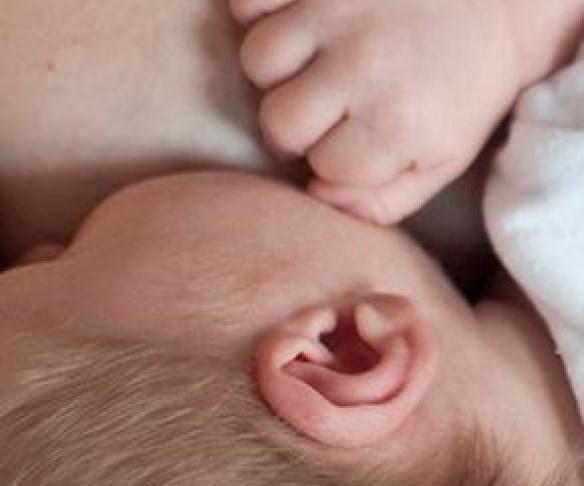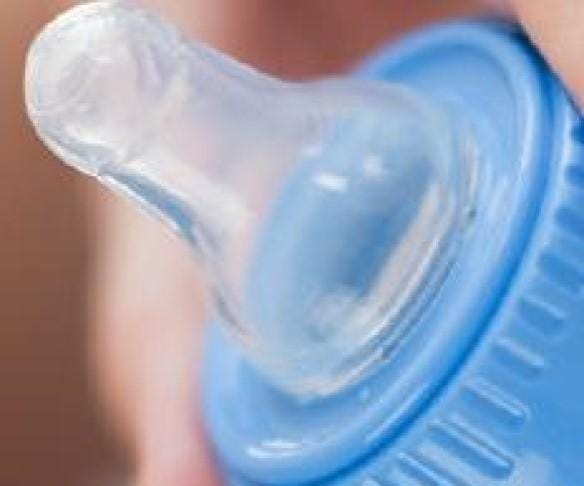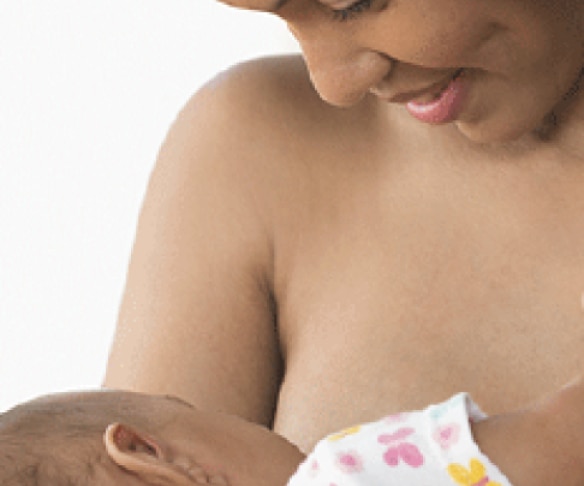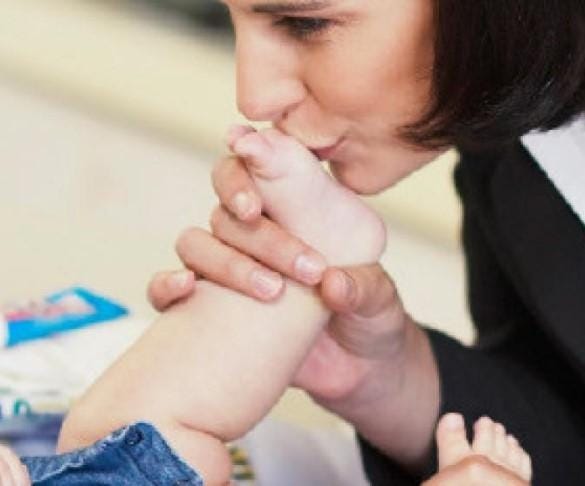What You Need to Know About Pumping
Breast pumps help you share your breastmilk with your baby when they're not able to nurse directly. Here are a few reasons why pumping might be needed.
- If your baby is born premature and not quite ready to feed directly from your breast.
- If you’re separated from your baby for one or more feeding sessions at any time while trying to exclusively breastfeed.
- If your baby is unable to effectively and efficiently breastfeed.
- If you have to temporarily stop breastfeeding due to specific medication use or other medical therapies.
- If you experience engorgement and your baby is unable to latch on to provide the needed relief.
Watching out for Hygiene
Make sure your equipment and the area you'll be pumping in are clean to avoid contaminants getting into your breastmilk as you prepare it for your baby.
Finding the Right Flange or Breast Shield size
The flange or cone-shaped part—the piece that is placed over your breast—is available in different sizes from most pump companies. It should fit comfortably over each breast, so you might need different sizes for each breast. Check the instruction manual of your breast pump for guidelines on how the flange should fit or reach out to lactation consultant for additional help.
Your Cycle and Suction Pattern
Each pump comes with it's own settings and range of speeds and suction. Experiment with your pumps settings until you find what works best for you.
What's Your Pumping Time?
While some mom's express milk quickly, others need to spend a little more time to empty their breasts. Pump until the milk flow has stopped, then massage and compress your breast for a minute or two before resuming pumping for a few more minutes until the flow stops again. An average pumping session may be 10 to 15 minutes on each breast. Using a double electric pump allows both breasts to be pumped at the same time.
How Do You Store Breastmilk?
Once breastmilk has been pumped into a breastmilk collection bag or bottle, be sure to place the container in your cooler bag, refrigerator or freezer. Always allow some space in the container for the milk to expand if you plan to freeze your milk for later use.
Breastmilk Storage Times
| Type of breastmilk | Countertop (77°F or colder) | Refrigerator (40°F) | Freezer (0°F or colder) |
|---|---|---|---|
| Freshly expressed or pumped | Up to 4 hours | Up to 4 days | Within 6 months is best Up to 12 months is acceptable |
| Thawed, previously frozen | 1-2 hours | Up to 1 day | Never refreeze human milk after it has been thawed |
Thawing and Warming Breastmilk
- Frozen milk is best thawed in the refrigerator the night before it will be used.
- Frozen and refrigerated milk can be thawed under running warm (not hot) water or warmed in a container of warm water before a feeding.
- Never add fresh breastmilk to previously refrigerated breastmilk or frozen breastmilk that has been thawed.
- Gently swirl the thawed milk to help mix the fat layer back into the rest of the milk.
- Once milk is offered and exposed to baby’s saliva, any unconsumed milk should be discarded 2 hours after your baby is finished feeding.
- Defrosted breastmilk is good for up to 24 hours if kept in the refrigerator under appropriate conditions.












